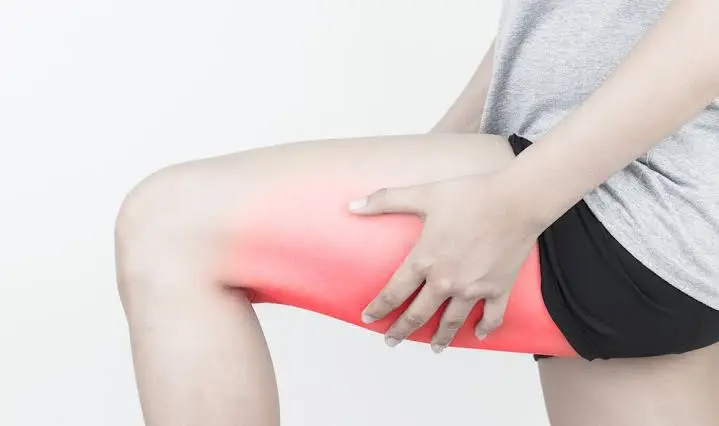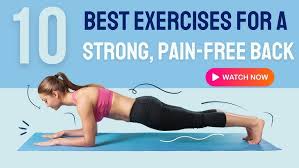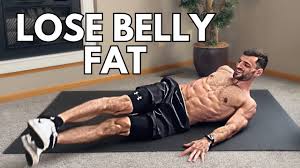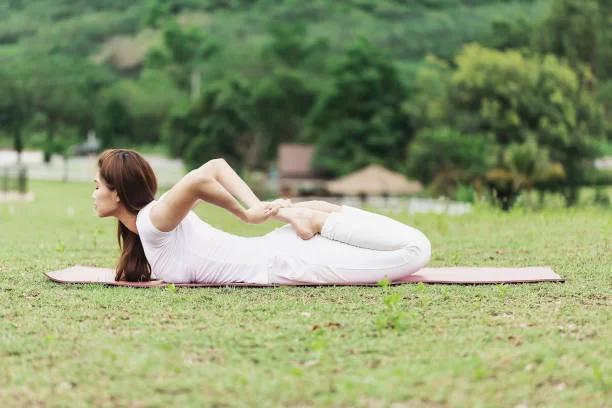Above Elbow Amputation: Indication, Multydisciplinary team, Surgery, Responsibilities of the team, Physiotherapy treatment, Prosthesis, Complications
Table of Contents
Definition of above elbow amputation:
- An above elbow amputation(Transhumaral amputation) is the removal of the arm above the elbow joint.
- The levels of above-elbow amputations(Transhumaral amputation) can be separated into three categories, high amputation near the shoulder joint (metaphyseal), mid-upper arm (diaphyseal), or near the elbow joint (supracondylar)
Indication Of Above Elbow Amputation:
- Trauma
- Malignant tumors
- Nerve injuries and infections
- Extreme heat and cold
- Peripheral Vascular Insufficiency
- Congenital absence of limbs or malformations
- severe infections like gas gangrene, osteomyelitis
Multidisciplinary team :
- diabetologist
- podiatrist
- microbiologist
- nurse
- orthopedic surgeon
- vascular surgeon
- Physiotherapist
- Psychologist
Surgery For Above Elbow Amputation:
The level of the above elbow amputation will be determined by the surgeon during an assessment. Often the reason behind the amputation will affect the level of the required amputation. For example, if the amputation is because of trauma or sepsis the amount of arm that can be preserved will depend on the location of this. The surgeon will aim to preserve the length of the arm as much as possible but also needs to be able to appropriately pad the stump to optimize prosthetic fitting. During the amputation, the surgeon will smooth the end of the exposed bone to prevent soft tissue trauma from bony edges. The surgeon will separate the nerves and remove them from the amputation site and place them in healthy soft tissue, to reduce the irritation from the prosthetic socket.
The surgeon will then perform either a myoplasty or a myodesis to stabilize the bone and soft tissue. A myoplasty is where the opposing muscles in the residual limb are stitched together to stabilize the arm. the muscles are stitched to the bone called myodesis. Both techniques work well to pad the stump and facilitate the use of a prosthesis.
The surgeon will need to consider the functional limitations of amputation levels and the design of the prosthetic. Other factors that need to be considered are the patient’s occupation and their physical and emotional well-being.
What are the responsibilities of the team?
- Evaluate the patient
- Ensure medical stability of the patient
- Prepare the patients life as an amputee
- Prescribe prosthesis (if appropriate)
- Fabricate prosthesis
- Evaluate fit of the prosthesis Educate the patient about the use and care of the prosthesis
- Follow-Up care for the patient
Physiotherapy treatment for upper limb amputation :
- Psychological counseling to the patient
- Psychological support
- Providing information is important
- help to reduce the patients and the family’s anxiety
- obtain cooperation in the treatment program
- to help the patients with an amputation to adjust for his new condition.
- alteration of limb sensation
- Feeling of a complete change in reality due to lack of function
- change in body image
- lack of understanding of medical treatments
- Psychological counseling to the patient
Breathing exercise :
- to prevent accumulation of fluid
- to prevent chances of infections
- Diaphragmatic breathing, or “belly breathing,” involves fully engaging the stomach, muscles of the abdominal, and diaphragm during breathing. This means actively pulling the diaphragm down with each inward breathing. … During diaphragmatic breathing, a patient consciously engages their diaphragm in order to take deeper breaths.
Postural advice during sitting, standing, and walking
Maintain proximal joint Range Of Motion
Encourage early active movement of all proximal joints from 1st day after above elbow amputation.
The resisted exercise started as soon as pain reduced
maintain the strength of muscles proximal to joint: Strengthening exercise can be given manually, with the sandbag, or with the use of thera band.
Increased endurance of muscles of the upper limb.
Active ROM
Cervical spine:
- Flexion
- Extention
- Right side rotation
- Left side rotation
- Right side flexion
- Left side flexion
Glenohumeral joint :
- Flexion
- Extention
- Abduction
- Adduction
- Internal Rotation
- External Rotation
Scapula:
- elevation
- depression
- protraction
- retraction
Elbow :
- flexion
- Extention
Forearm:
- Supination
- pronation
Principles of bandaging the stump:
- The pressure of the elastic bandage should be moderately firm and evenly distributed.
- Extra pressure is necessary at corners to maintain the proper shape(conical shape) of the stump. pressure should be decreased proximally.
- diagonal, oblique, or spiral turns should be used during elastic bandaging.

Treatment for stump edema:
- Electrical stimulation with limb elevation helps to decreased edema
- Elastic Bandage
- Intermittent variable air pressure machine existed
Resisted exercise of the stump and other joints of the upper extremity.
stump bandaging and conditioning:
stump conditioning :
An ideal above elbow stump is well healed, firm, conical, and with slight flabby tissue.
Bandaging: During bandaging, pressure and application of bandage should be proper.
Exercise: Isometric exercise of muscles of the stump.
Benefits of Physiotherapy with a Prosthesis for Above Elbow Amputation
The physiotherapist plays a key role in the rehabilitation of patients with amputation.
The physiotherapist will:
Teach donning (putting on) and doffing (taking off) the prosthesis to the patient.
Build up muscle strength and power.
Teach coordination skills that will assist with activities of daily living such as dressing and washing etc.
Prosthesis for Above elbow amputation :
- An above elbow (AE) or transhumeral prosthesis is custom-made for a patient who has had an Above elbow amputation. The above-elbow prosthesis consists of a custom-made socket, liner, elbow, forearm, wrist, and terminal device or hand.
- The prosthesis is the same as shoulder disarticulation. In this, flexion of the elbow joint, performed by the combined action of scapular protraction and arm flexion, is comparatively stronger.
- Automatic functional locking can be attained by the reverse motion of combined depression and extension of the arm.
Terminal device :
- 1)Mechanical thumb abduction for grasp can be obtained by tension on the operation cord.
- 2)Mechanical hands allow grippy flexion of the index and middle finger with the thumb are available.
- 3)Split hook: A very popular terminal device with one fixed and the other movable jaw operated by the power of the shoulder girdle muscles is used as a working strong hand.
- 4) Battery-operated myoelectric devices for specific works are also available or can be fabricated.
Myoelectric Prosthesis:
- Effective hand function has been reported by a myoelectrical controlled prosthesis for adults as well as for children.
- The prosthesis has a self-suspending socket with pick-up electrodes placed over the flexion and extension appropriately.
- These electrodes pick up the myopotentials generated by the contractions in the respective groups of muscle. The electrical potentials are amplified via microcircuitry.
- The motion power is accomplished from compact 6-volt batteries.
- The thought and the voluntary effort manufacturing flexion contractions will switch on flexion or grasping motion of pinch grip at the hand.
- Reversing the process to the extensor group begins extension of the hand or the release of grasp. The combination of function and cosmesis is the main advantage.
Complications Of Upper Limb Amputation:
- Excess bleeding
- Blood clots
- Edema
- Poor healing
- deep vein thrombosis (DVT)
- wound infection
- pneumonia
- phantom limb” pain
- depression
- Stump ulceration
- Flap necrosis
- Joint stiffness
- contracture
- Cosmetic acceptability
- Osteomyelitis
- Osteoporosis







